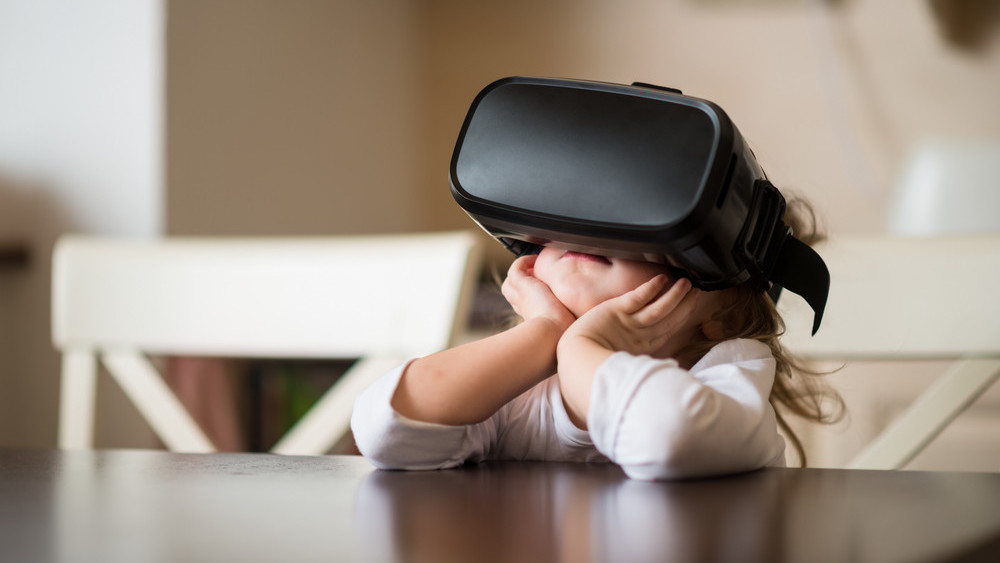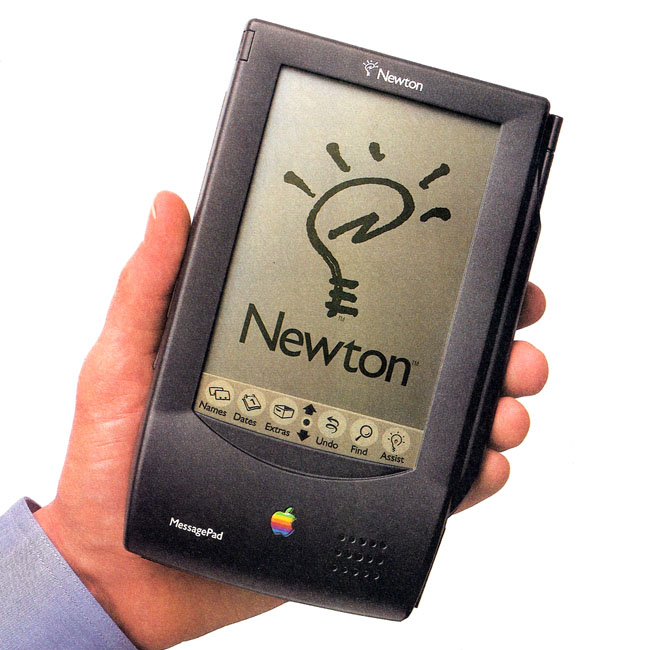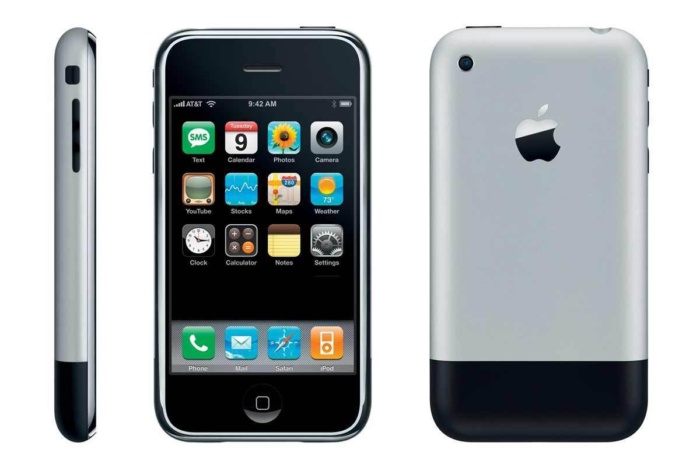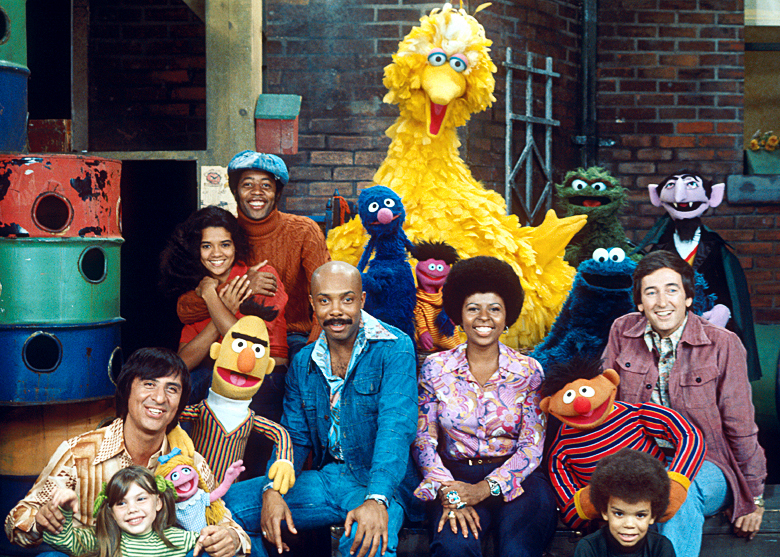
Virtual reality is one of the most immersive forms of media available. Even now, at an early stage of its lifecycle, its ability to deeply emerge people in a virtual world has garnered the attention of tech enthusiasts, gamers, teachers, parents and kids all over the world.
This is a story that’s been seen before in the early days of smart devices and other popular media players.
Whenever there’s a new hardware platform, like VR, typical media cycles tell us that there are two prerequisites when it comes to mass consumer adoption and acceptance: Generational technology leaps and a greater variety of content.
But what happens when more and more children start getting their hands on this highly immersive technology? How will the market adjust to capture this growing audience, all while assuaging parental concerns that kids are playing or watching too many VR games and movies?
By examining previous media cycles, we can predict how the next five to ten years will look for VR and children.
The rise of hardware
Let’s take a trip back to the ‘90s, before iPhones, tablets, and retina displays flooded millions of homes. Instead, we had the Apple Newton and the PalmPilot – two of the most influential personal digital assistants of their respective decade.
The Newton and the PalmPilot were revolutionary.

Inexpensive resistive touchscreen technology had given rise to a new form of on-the-go computing, and overall reception was promising. It was clear from the start that they were the precursors of much greater devices to come, but they didn’t have the bells and whistles you would find in later versions, which featured much slimmer designs, internal rechargeable batteries, and apps for everything you could ever need.
Coincidentally, this scenario bears similarities to the state of VR today.
Comparatively speaking, VR is only just beginning to gain its foothold in the marketplace.
Even though there are a few low cost or relatively inexpensive headset options available now – such as Google Cardboard or Gear VR – there are none that can come close to the quality and performance of an HTC Vive. Secondly, there isn’t enough compelling family-friendly content (apart from some games and experiences, such as Lucky’s Tale or Titans of Space) to drive long-term interest and appeal for the common consumer.
In time, however, the technology will continue to improve, all while providing more economical alternatives and a greater diversity of apps, especially for children.
Reaching the tipping point
Now, fast forward to 2007 when the first generation iPhone came out.
Coming off an era of Blackberries and early Palm-enabled smartphones, the iPhone was considered to be a luxury item primarily for grown-ups. It didn’t have the depth of content you see today, but that didn’t stop early adopters from lining up to be the first to own Apple’s flagship smartphone.

Disney, another comparable example, had carved a new niche in animated films starting in the 30’s and 40’s with the release of Snow White and the Seven Dwarfs. Up until then, most iconic films, like Nosferatu and Battleship Potemkin, were still
black and white or thematically adult in nature. But over time, Disney has become synonymous with family-friendly content and other award-winning animated film studios have surfaced in its wake, including DreamWorks and Studio Ghibli.
I believe that VR will undergo a similar sequence of events. First, there will be a series of hardware upgrades that will not only lower the price of entry, but also improve the graphical fidelity and immersion. Next, the eventual “commoditization” of safe, comfortable, high-quality VR through devices like Google Daydream for mobile and PlayStation VR for consoles will give rise to a surge of assorted apps fulfilling all aspects of entertainment and education.
UGC allows kids to become masters of media
The commoditization of hardware comes with a caveat, however. Cautious parents will become concerned that their kids are playing or watching too much. Fortunately, with the increase in content, more and more educational and family-friendly apps will be developed.
It’ll be similar to the “Saturday morning cartoons” phenomenon that occurred starting in the 70’s and 80’s when TV channels were inundated with kid-centric content. We’ve come a long way since the days of Sesame Street.

Over time, kids will go beyond the consumption of media and will dive into the realm of user-generated content. They’ll explore new avenues of media creation, using powerful, easy-to-use tools and programs to conjure their own stories and video projects.
The ready availability of video tutorials on YouTube and elementary computer classes at schools today have taught our kids to be content creators, rather than simply consumers. They’ll use this knowledge to explore lucrative creative ventures in VR. We can see early signs of this with 3D platforms such as Minecraft and ROBLOX, where kids routinely construct immersive 3D content for consumption by their peers.
These projects will continue to become even more visceral and more abundant once commoditized VR hardware hits the market.
Consider how far technology has come since the days of CRT computer monitors and vector graphics.
Fifty years later, we have 4K pixel high-definition screens, immediate access to a world of information in the palm of our hand, and now virtual reality. The rate of technological evolution is continuing to accelerate faster than we could have ever imagined.
I see the next 10 years as a massive opportunity to improve the feeling of immersion in VR, such that it becomes increasingly similar to the real world. And then, with the accumulation of safe, family-friendly VR content, future kids will ultimately become the world-smiths of their generation.
Get the TNW newsletter
Get the most important tech news in your inbox each week.





